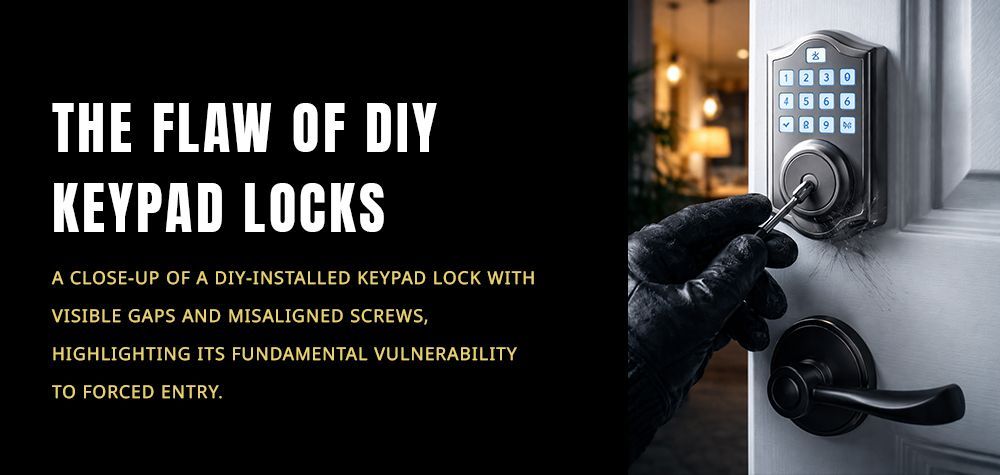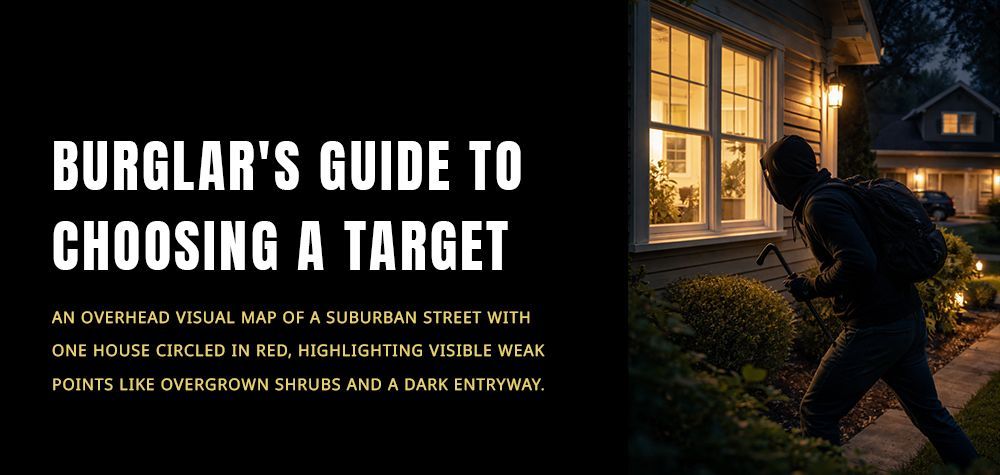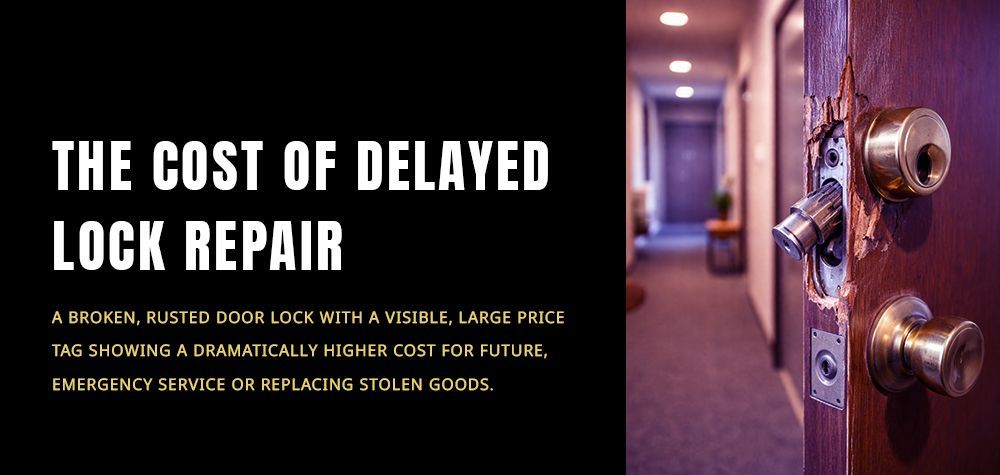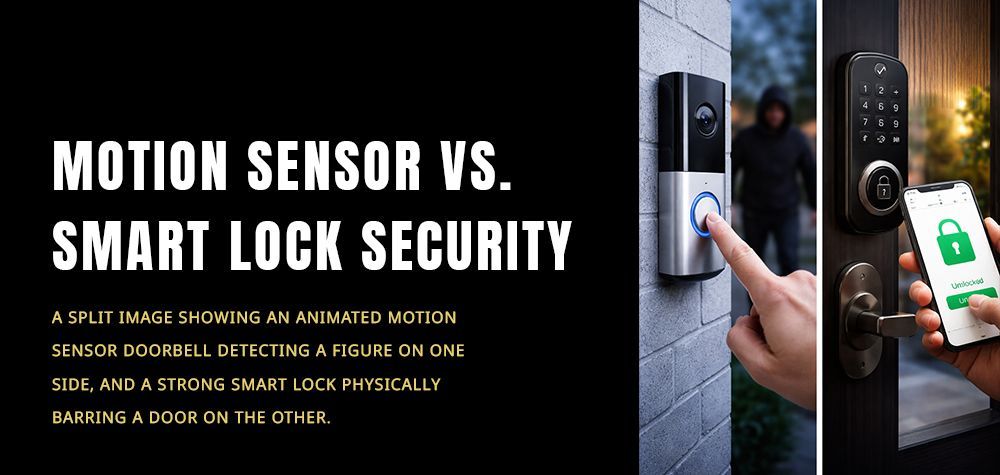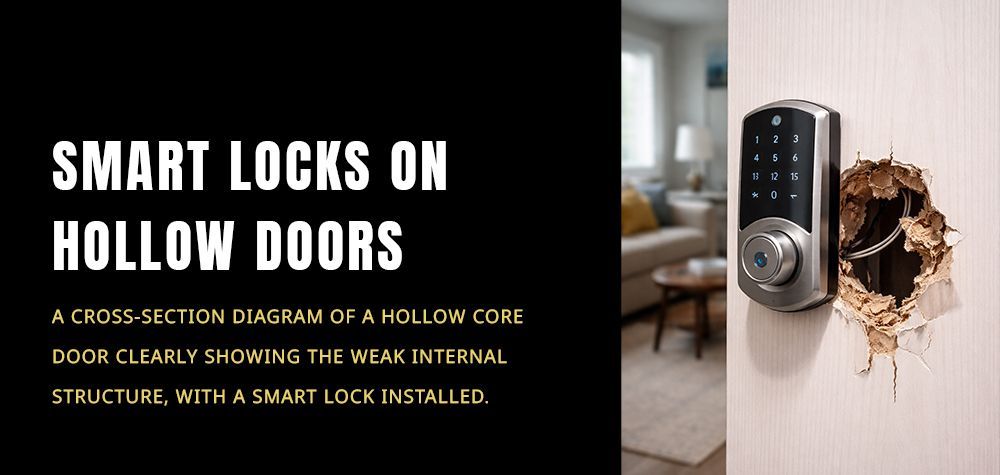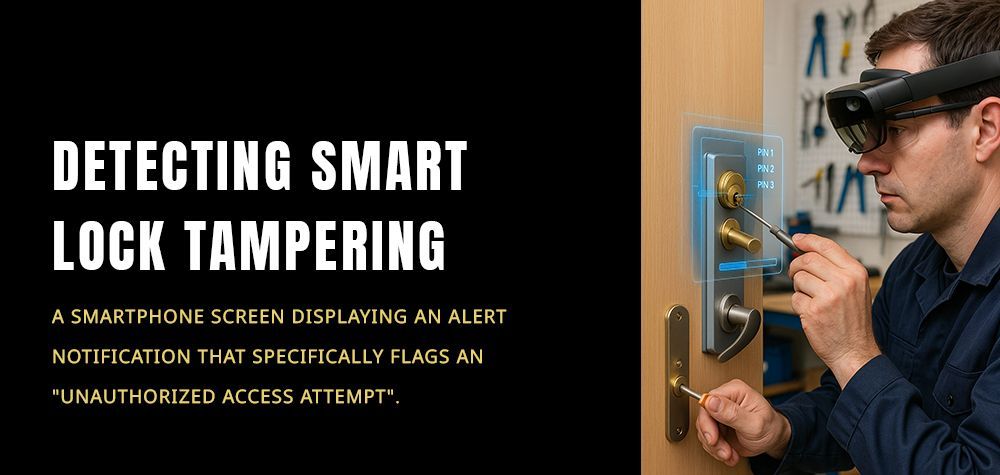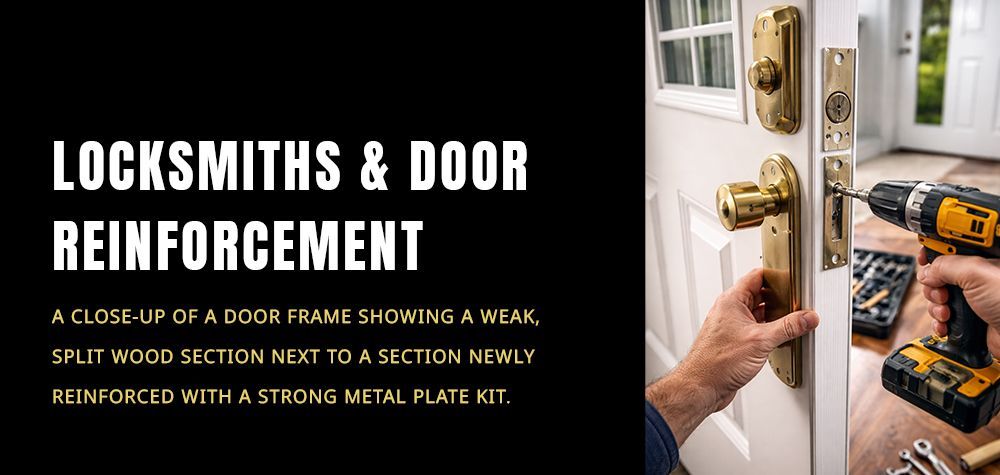How to Remove a Broken Key From a Lock?
Broken keys that get stuck in our locks are probably one of the least pleasant situations faced by anyone. The wear and tear on your keys that cause this to happen can be due to a number of reasons. The most common cases resulting in broken keys are excessive force and torque used while in hurry, or during cold weather, where your key could get stuck. Now keys are designed to withstand a good amount of force, but over time, the metal is bound to get weak. There is also the possibility that the lock mechanism itself gets worn down over time.
Now, in most cases, if you have the time it is well-worth it to call a locksmith. A Broken Key Extraction Locksmith is a lifesaver in such situations. The monetary cost involved is well-worth the time you save, and there will be a lot of lessons learned as far as preventing situations like this in the future from occurring. A professional locksmith has special tools for broken key extraction, and the risks to the key being jammed, or worse yet, your lock being damaged are much lower.
But, if you have the time, the tools, and the determination to do this on your own, it is necessary that you remember one thing before we let you know of everything you need to remove the broken key from your lock.
This is very critical…
Never ever push the other half of the broken key back into the lock! Otherwise you risk making the extraction almost impossible. Unless you have the skills and patience of a neurosurgeon with a scalpel, you may not be able to pull out a broken key jammed deep into the lock!
Now for the tools you will need.
The extraction itself will be a precise operation. So it’s important to note some supplies you need to have before. If you have an emergency situation, we will outline the details of dealing with that further on.
We are keeping it simple, even though there are a variety of other handy items that could potentially work. The above tools are likely to help with any kind of broken key extraction situation.
Here are the steps to actually go about removing the broken key. Make sure that the lock cylinder core itself is not turned or in a locked position. If it is, then try to turn it back into an open position before the extraction.
In order to make this tool, you need a jigsaw or mini hacksaw blade that is thin enough to enter the keyhole. You need to make sure the serrated edges of the blade are pointed towards you. Simply break off the blade at a point and push it into the keyhole. Make sure to be careful not to push the key further in. All you have to do is to find a way to grab the key using the serrated edges of the blade and push it out. If it doesn’t work in the first round, try to lubricate it further.
Special Situations : Not all situations for broken key extraction will be ideal. In many cases you need to think out of the box. You may not have the tools ready, and/or in an emergency.
If all the above methods don’t work, and if you have a way to access the cylinder core of your lock by removing it from the door, you can do that. As a last resort (or even a first one) never hesitate to call a locksmith.
At Brothers Locksmith, we understand the stressful situations of broken key extraction. We have 24/7 emergency services and a team of experienced technicians that can handle any emergency. Whether you are locked out of your house, car, or commercial store due to a broken key; we will solve the issue. Our rates are reasonable and always as agreed upon beforehand. No pesky fees, as we know our trade and can extract the most stubborn broken keys.
Call Us Any Time!


